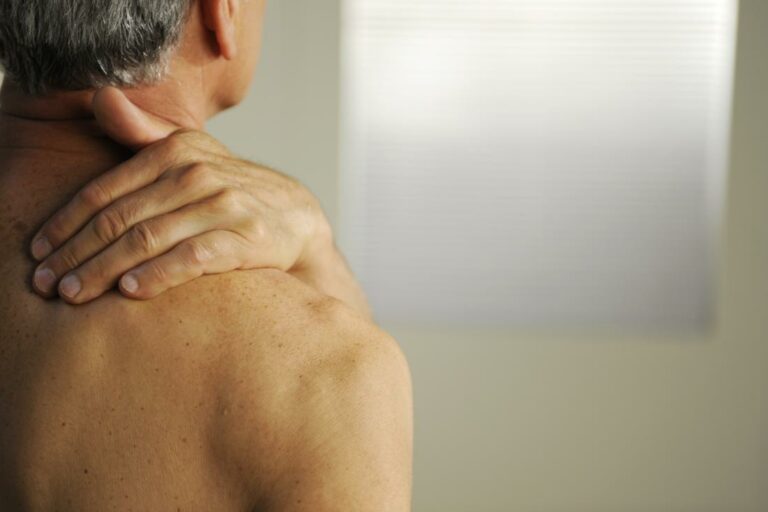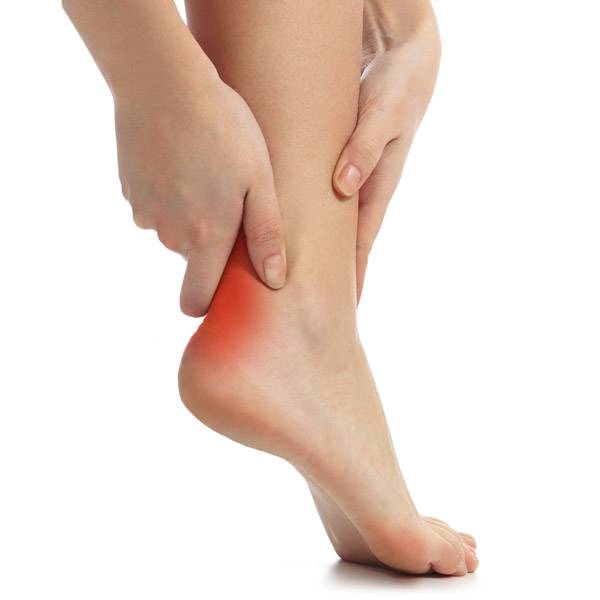Bone Diseases To Watch Out For
Author: Rose Stella
Rose Stella
Category: Health

Human bones come in different forms and sizes. It provides a framework for the body and protects the internal organs. The bone also helps with the range of movements human makes. Like the other part of our body, it's also not immune to diseases that affect its health and functions. As people get older, these bone diseases become more prevalent.
Here are some of the bone diseases an individual should watch out for:
Osteoporosis
Osteoporosis is one of the bone diseases that weakens bones, making them more fragile and prone to breaking. Among the other bone diseases, this is the most common one. This condition takes years to develop and is frequently only discovered after a fall or a violent impact breaks a bone (fracture). This condition is more common for postmenopausal women over age fifty but could still occur in other age range.
This disease can also damage the marrow in your bones, making it more difficult for your body to fight infection, transport oxygen, and regulate bleeding. Prescription, vitamins, hormones, and surgical intervention are all options for treatment. Physical treatment may also be beneficial. Osteoporosis can be avoided by having good nutrition and a generous intake of calcium and vitamin D.
Scoliosis

Scoliosis is a lateral curvature of the spine that most commonly affects teenagers. The disease can develop in adults who have cerebral palsy or muscular dystrophy. The cause of this condition is unknown.
This condition is usually moderate, but some curvature increases as children grow older. This is a debilitating condition. Severe cases this diseases result in difficulty in breathing because of the reduced amount of space within the chest.
Mild scoliosis patients are regularly monitored with X-rays to know if the condition is worsening. In many circumstances, there is no need for treatment. To prevent the curve from aggravating further, some children will need to wear a brace. Other cases of this condition could require surgery to correct extreme curvature.
Paget's disease of bone
Paget’s disease of bone is a chronic disease of the skeleton. This condition hinders the normal process of removing the old bones and replacing them with new ones. The normal process becomes unbalanced, which results in irregularly formed, fragile, and brittle new bone. The most common areas affected are the pelvis, skull, and legs.
The chances of getting this bone disease increase if they have family members who have the condition or as they get older. However, for some reason, the disease has grown less common in recent years and is less severe when it does occur. Broken bones, hearing loss, and pinched nerves in the spine are all possible complications.
Treatment for Paget’s disease usually includes taking drugs to assist slow or stop the progression. In some serious cases, surgery is required to correct misshapen bones or aid in the healing of fractures.
Bone Infection

Bone infection is commonly known as osteomyelitis. It happens when an infectious organism called staphylococcus bacteria enters the bone through the bloodstream, injury, and surgery. This condition occurs in the long bones of the arms and legs in children. While, it is common for adults to have it around the hips, spine, and feet.
People who smoke and have chronic health issues like diabetes or kidney failure are more likely to have bone infections. Osteomyelitis was formerly incurable but now be successfully treated. The majority of people who have this condition require surgery to remove dead bone tissue. Surgery for this condition requires strong antibiotics. Infections of the bones can strike suddenly or develop over time. This bone disease can permanently destroy a bone when left untreated.
Bone Tumors
Bone tumors grow when cells within a bone divide uncontrollably, resulting in
a lump or mass of irregular tissue.
The majority of bone tumors are benign (not cancerous).
Benign tumors are not life-threatening and do not spread to other regions of the body in some cases. Treatment methods vary depending on the type of tumor, ranging from simple observation to surgical removal.
Bone tumors can be cancerous. Malignant bone tumors could metastasis or spread cancer cells throughout the body. Malignant tumors are nearly often treated with a mix of chemotherapy, radiation, and surgery
Osteoarthritis

Osteoarthritis is the most common kind of arthritis, affecting about 21 million people in the United States. This bone disease develops as people age or results from the misuse of the knee at work or in sports. The protective covering at the ends of the bones of the knee wears away with osteoarthritis, resulting in painful bone-on-bone friction and restricted movement.
Knee osteoarthritis is treatable with medications, physical therapy, and knee injections. Surgery is required when pain and immobility are limiting the person's activities and lifestyle despite non-surgical therapy.
Rheumatoid arthritis
Rheumatoid arthritis is an autoimmune disorder. This condition happens when the immune system mistakenly attacks a person’s body tissues. It is a chronic inflammatory disorder that can affect more than just your joints. This disease can also harm the skin, eyes, lungs, heart, and blood vessels.
Unlike the wear-and-tear damage of osteoarthritis, rheumatoid arthritis affects the lining of your joints, causing a painful swelling that can eventually result in bone erosion and joint deformity.
Bone Fracture
A bone fracture is a break in the bone’s continuity. High force impact or stress causes a considerable percentage of bone fractures. A fracture, on the other hand, might occur as a result of certain medical problems that weaken the bones. Osteoporosis and some forms of cancer are among them.
A pathological fracture is a medical name for this. The chances of bone- breaking increase with age. As people grow older, their bones strength gets weaker. Bone healing is a normal occurrence. As a result, treatment usually focuses on providing the greatest conditions for healing and maintaining future function for the broken bone.
The doctor will decrease the fracture to allow the natural healing process to happen. This entails lining up the shattered bones’ ends. In smaller fractures, a doctor can do this by manipulating the affected area externally.













